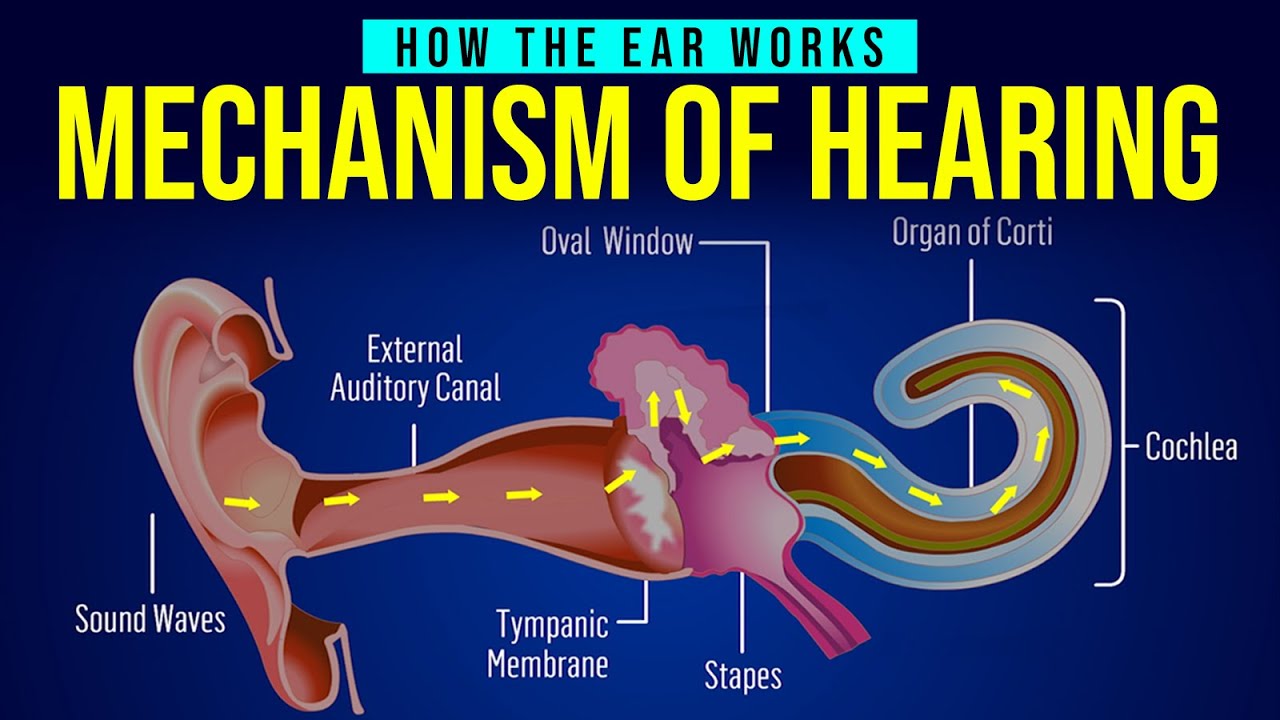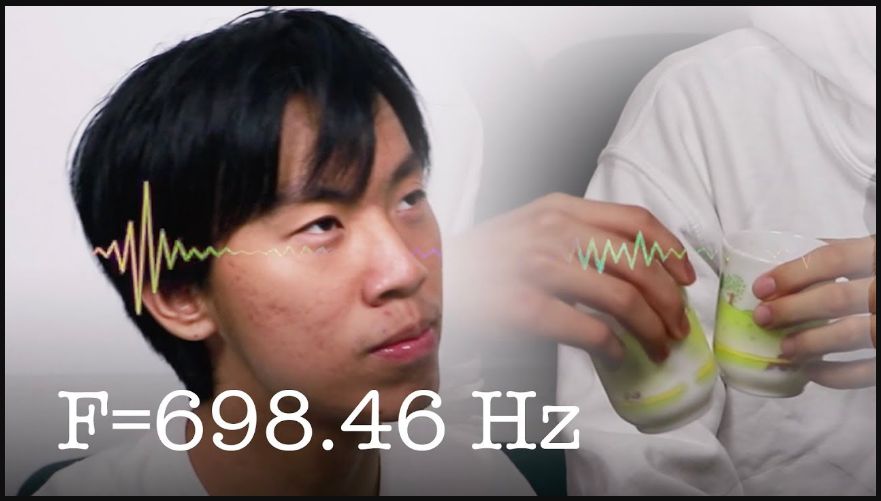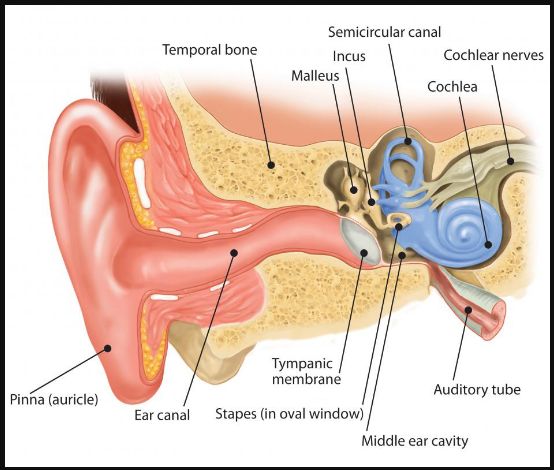anatomy
How the human ear works – Science of hearing for musicians
How the human ear works – Science of hearing for musicians
Contribution of active hair-bundle motility to nonlinear amplification in the mammalian cochlea
Contribution of active hair-bundle motility to nonlinear amplification in the mammalian cochlea
Simplified Model to Demonstrate the Energy Flow and Formation of Traveling Waves similar to those found in Cochlea
Simplified Model to Demonstrate the Energy Flow and Formation of Traveling Waves similar to those found in Cochlea
The basis of musical consonance as revealed by congenital amusia
The basis of musical consonance as revealed by congenital amusia
Functional anatomy of musical processing in listeners with absolute pitch and relative pitch
Functional anatomy of musical processing in listeners with absolute pitch and relative pitch
The Discordant Eardrum – Chaotic and Superior above 3 kHz
The Discordant Eardrum – Chaotic and Superior above 3 kHz



